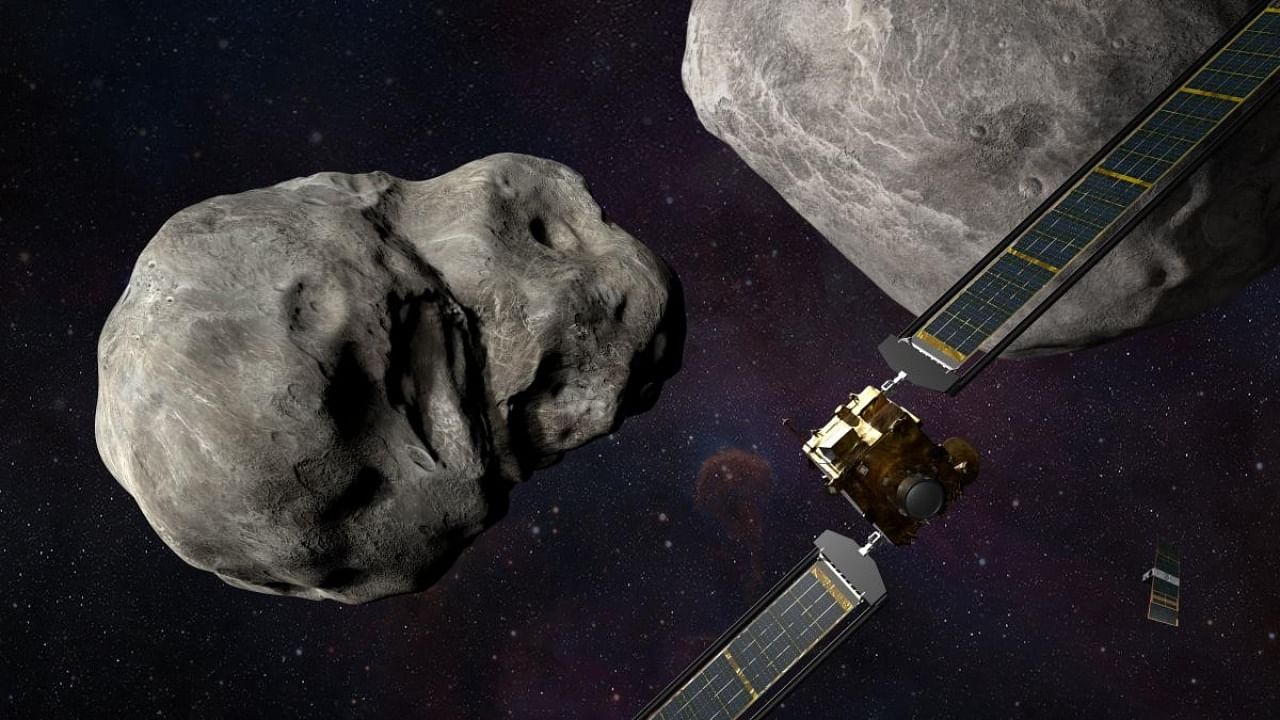
After facing some issues with one of its solar panels, NASA's Lucy spacecraft is now working normally and all instruments onboard are powering well, the US space agency has said.
Lucy is NASA's first-ever mission to explore distant asteroids and seek out the origin of our solar system.
Barely a week after its successful liftoff, NASA announced that one of Lucy's 24-foot-wide solar panels may not be working well, as they "were not fully latched".
However, in a new statement, NASA has said that the Lucy spacecraft continues to operate in cruise mode -- the standard mode for outbound orbit, and other than the solar array, all its instruments are working properly.
"The team has begun turning on instruments. L'TES, L'LORRI and L'Ralph have been powered on and are working normally. Other than the solar array, all subsystems continue to work normally," NASA said.
The joint Anomaly Response Team has been studying the array using an engineering model. Initial tests indicate that the lanyard that pulls out the solar array may not have completed the process successfully; however, it is still uncertain what caused this condition.
The team is conducting more tests to determine if this is indeed the case, and what the root cause might be.
An attempt to characterise the array deployment by attempting to move it would occur on November 16, NASA said.
The response team continues its analysis on using the solar array in its current configuration and how that might affect upcoming spacecraft manoeuvres.
Lucy's solar panels are a crucial part of the spacecraft's ambitious mission to get scientists their first-ever up-close look at asteroids that orbit in the same path as Jupiter, called the Trojans.
Lucy will explore the Trojan asteroids with a suite of remote sensing instruments. Additionally, the navigation cameras will be used to determine the shapes of the Trojan asteroids.
Jupiter's Trojan Asteroids are small bodies that are remnants of our early solar system, now trapped in stable orbits associated with, but not close to, the giant planet Jupiter.
These primitive bodies hold vital clues to deciphering the history of the solar system.
Moreover, when Lucy is making its flybys, it will break the record for the farthest from the sun a spacecraft has run exclusively on solar power.
The mission takes its name from the fossilised human ancestor (called "Lucy" by her discoverers) whose skeleton provided unique insight into humanity's evolution.
Watch latest videos by DH here: